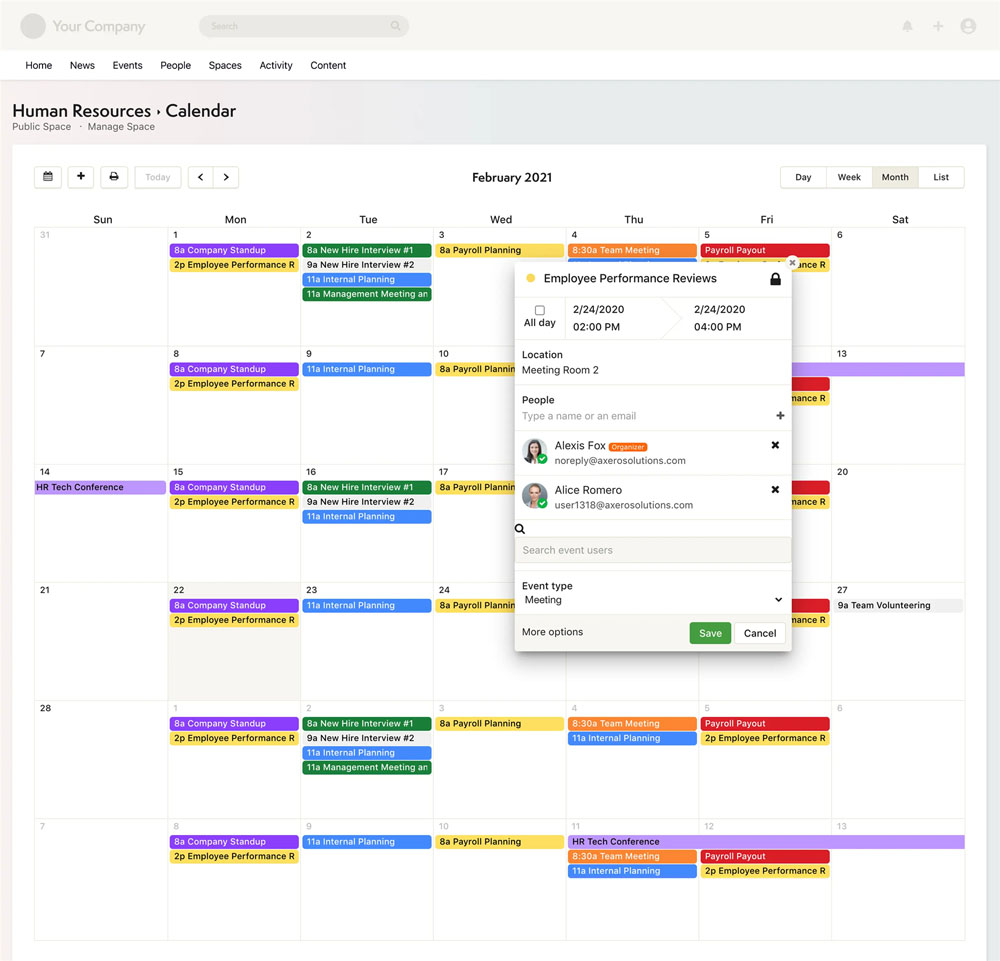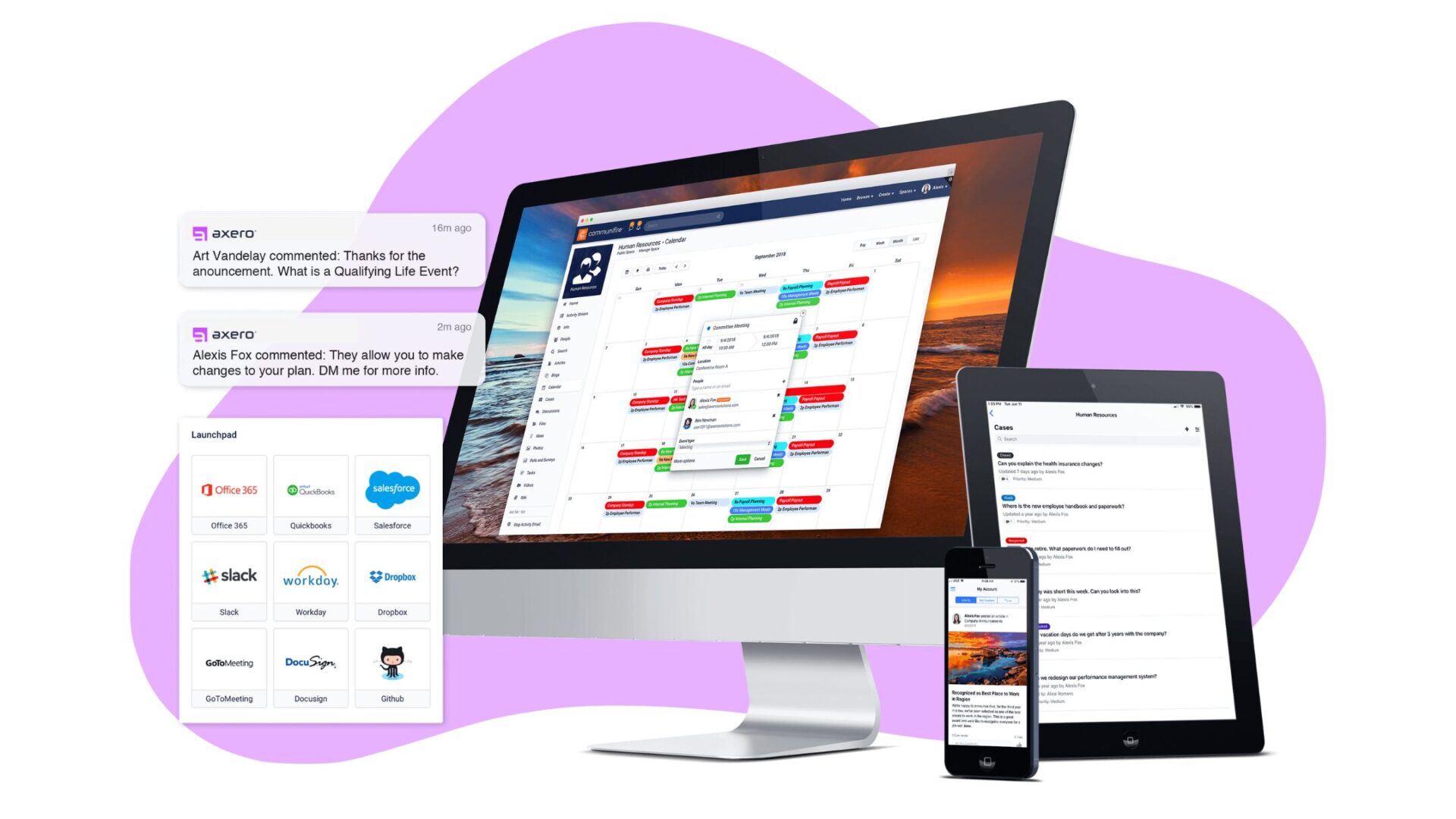The topic of remote work and managing remote workers’ productivity has become a source of hot debate lately. Some companies sing the praises of working from home; others, like Amazon, have issued Return to Work (RTO) orders for their remote and hybrid staff.
Even as the debate rages on, there is still plenty of evidence that shows remote work CAN work to increase productivity, worker engagement, and morale—if it’s done right. In fact, more than 60% of employers that allow remote work report increases in productivity among telecommuters (home workers to you or me!). Here are just a few examples:
- Sun Microsystems found that employees spend 2/3 of the time they save by not commuting doing work for the company.
- JD Edwards and American Express telecommuters are 25% and 43% more productive than their office-based counterparts.
- Telecommuters at Compaq, Best Buy, British Telecom, and Dow Chemical have all shown to be as much as 45% more productive.
For the vast majority of companies, remote work has numerous advantages. Not only does it improve work-life balance for employees and boost productivity (and revenue) for the company, but it also enables businesses to recruit talent outside their geographic region. The opportunity to work remotely can help companies hire the best in the business without the issues of relocation, uprooting families, or subjecting employees to morale-sapping long commutes.
In fact, 37% of technology professionals say they would take a 10% pay cut to work from home, while 46% of companies say telework has reduced attrition. Teleworkers also take fewer sick days and return to work sooner after an illness, all of which contribute positively to the company’s bottom line.
Here are 12 simple tips for managing remote workers and maximizing their productivity at work.
1. Determine if remote work is a good fit for your company
Some jobs and tasks are better suited for remote work than others. For example, graphic design, copywriting, call center or help desk operations, accounting functions, and (of course) sales can be ideal for remote work. This is because most require only a computer, internet, and telephone access, which is easy enough to arrange. Your sales team should ideally be mostly out in the field anyway.
Other positions are not quite, particularly jobs such as product development, assembly, and roles that require access to specialized equipment or materials like construction jobs. Other roles which rely on brainstorming and collaboration with team members like event planners or architects may also be not well suited for remote working.
2. Determine if working from home is a good fit for your workers
Not everyone has the discipline and motivation to buckle down and get work done without direct supervision and the accountability of showing up at the office every day. Trust that your workforce is going to deliver their workload.
If employees don’t seem productive when working from home, see what you as a manager can do to support this. Do they need headphones to block out distractions, or a better internet connection? Might they thrive better on a hybrid schedule with a few days in the office each week? Don’t just immediately vilify your remote workers, instead make working from home the right fit for them.
3. Provide online document and file sharing to your virtual teams
OK, this is a no-brainer. Employees must have access to the files and materials they need to get work done. However, many companies rely on email to send and share documents, which creates numerous problems. Documents get lost. Senders forget to attach. No one knows which version is the latest and, because emailed docs exist only in the accounts of the sender and receiver, anyone else who needs access must rely on one of them to forward files. Problems arise when email chains get tangled up, or someone is out of office, and no one knows which file is the most recent.
Using a centralized document and knowledge management system to upload and share documents makes it easy for anyone on your team to access every document and file they need at anytime from anywhere. Team members can see who also has access and who’s made edits, and they even rank and rate docs to keep important files at the top of the list.
4. Make online collaboration easy
Without face time in the office, your remote workers may find it difficult to collaborate, discuss ideas and brainstorm. A social intranet can help here, too. By providing a central platform where conversations about work can happen transparently, with automatic archiving and a continuous feedback loop.
Social intranets like Axero can make it easy for team members to discuss issues, post comments and questions, and update the status on their projects in real time, without ever having to waste time in a boring status meeting. With a social intranet, it’s also easy for management to see who’s contributing and engaged, and who might need extra support.
5. Cut the clutter when managing remote workers
So, now that you’ve moved all of your documents, files, and collaboration onto the social intranet, it’s important to keep it organized. The last thing you want is for it to become the corporate scrapyard where employees are forced to sift through tons of junk, searching for the few nuggets of information they need.
Delete outdated information and old documents. Organize employees into groups for departments, projects and other subsets that make sense. This way, when information is shared, no one is accidentally left off the email, the team can find what they need easily, and their newsfeed isn’t cluttered with a bunch of irrelevant stuff. Also, an effective search function like Axero’s AI Copilot is a must to support and help everyone (not just remote workers) get to the data they need quickly and easily.
6. Share calendars to boost remote work productivity
One of the toughest parts of managing remote workers is trying to get everyone together for a meeting, whether that is in person or just on a video call. Emails fly back and forth to gauge availability, and if it’s a large group, juggling the conflicts to find a time that works can be a major chore.
With the transparency of shared calendars, like those in Axero, it’s easy to plan meetings and events. Everyone on the team can see who’s available and when, schedule meetings with ease, and know that everyone will be notified. You can even provide details when you schedule your meeting, like a formal agenda, documents to review beforehand and other useful information. This way no one misses the meeting, and no one arrives unprepared. In practice, this tip would also work for client meetings when you or your clients are remote.
7. Nail down and focus on workflows and procedures
Chances are, you’re probably using more than a handful of applications to perform various tasks: email, blogs/wikis, accounting, content development, time tracking, document sharing, etc. For remote workers, that’s an awful lot of software to purchase, install, and maintain on their machines, which is made even more difficult by the fact that IT help isn’t always just down the hallway if a problem arises. Not to mention, all the switching back and forth is time consuming and annoying.
Consolidating those processes onto a central intranet platform like Axero streamlines those tasks, reduces software and IT maintenance costs, and saves time. Everything they might need is in one place, allowing your remote workers to devote more energy towards being productive and less time logging into and using 10 different apps to get the job done.
8. Provide a home office stipend to boost remote employees productivity
The work from home vision many people have is of a pajama-clad employee camped out on the couch with a laptop while the TV drones in the background. In reality, that’s neither sustainable nor ergonomic. While we all need a change of scenery occasionally, even remote workers need an environment in which they can concentrate, be productive, and be in a professional mode.
Constructing a separate home office might not be feasible in every case, but your company can provide a home office stipend to guarantee remote workers have the tools they need to be productive at a much lower cost than providing a space, furniture, etc. at the office. Perhaps a few hundred dollars for a real desk, or a stipend to cover the cost of internet and telephone service. This way, your workers will have what they need without paying out of their own pocket to work for you.
9. Use virtual meeting tools to connect working from home workers
We’ve covered how to keep remote employees plugged-in to the work that’s going on at the office without having to physically be there. However, we can’t forget the human element—lack of “face time” can make remote workers feel left out, isolated, and alienated from the rest of your staff.
Some companies require remote workers to come into the office once a week, a couple of times a month or on some other interval that keeps them engaged with the in-office staff. When that’s not possible, use virtual meeting tools like a video chat to stay connected. Actually seeing one another has a surprising impact on how well team members connect and bond on a personal level, which translates directly into better collaboration on a professional level and more productive work from your teams.
10. Track performance, not presence
It can be tempting to expect remote staff to work the same hours as their office-bound counterparts. While this does make sense in some instances (to attend meetings, for example), it may not always have to be the case. Especially when spanning time zones, you may need to give remote workers some flexibility. As long as they’re getting the work done, projects are progressing at a satisfactory pace, and nothing’s getting held up, does it matter if they start work at 4 a.m. and finish up by noon? Or pull a late-night session, if that’s when they’re most productive?
One of the best parts of remote work is that it allows your organizations teams to work when they’re at the top of their game for peak performance. Your company can take advantage of that, getting the best out of every employee, by giving them some flexibility and measuring performance, not presence, which improves job satisfaction across every workplace. As long as you set clear expectations for the average workday, maybe throw in some core hours to guarantee people will be available for calls, flexible work arrangements could really boost working from home employee productivity.
11. Set formal short- and long-term goals
Getting work done goes beyond just completing tasks and checking them off the list. It’s critical to have some defining purpose, to establish and communicate exactly what it is you’re all working toward. This is especially important for managers who lead remote workers who don’t have the luxury of office chitchat to stay up-to-date on the nuances of company news and goals.
For all employees in your business, remote or in-office, setting formal goals and periodically reviewing progress toward them provides a powerful motivating force in not only getting their individual work done, but also for achieving overall company objectives. Employees want to feel like they’re contributing to the greater cause. Formalizing goals provides that engagement and a strong measurement tool to ensure remote workers are performing as expected.
12. Gamify and recognize wins
Creating a little friendly competition surrounding goals adds a motivating factor that’s irresistible for some of your workers. Recognizing achievement, rewarding performance, and acknowledging great work—either with tangible benefits like bonuses, gifts, or extra days off, or simply through peer recognition—is a great way to keep remote workers engaged and focused in company success.
Again, since remote staff don’t have the benefit of watercooler conversations where a co-worker might say, “Hey, I heard you landed that big contract–nice work,” or “I saw that brochure you designed. That thing is a work of art,” use technology instead. Social intranets like Axero make it easy for management and peers to offer digital pats on the back by posting comments, congratulations, and feedback for their team members in full view of everyone. These can even be tied into goal setting to gamify achievements—employees who earn a set number of kudos might win a prize, for example.
Is remote work the future?
There’s no doubt for managers that remote workers can be a bit more challenging than those you see face-to-face every day. As well, shifting to work remotely can be difficult, especially for companies that are accustomed to the idea of presence being a job requirement. However, we are seeing a shift and openness of more and more companies to allow working remotely for their teams.
Fortunately, there is a plethora of tools available to employers that not only eases the transition, but also help productivity soar in the process. Adopting a social intranet like Axero can keep your remote workers engaged, informed and performing at their peak, which translates directly into a positive bottom line impact for the company, reducing turnover while also attracting the best talent for your teams.
Want to know more about what an intranet can do for you? Book a demoand explore Axero’s flexible and fully customizable intranet platform today.



















 info@axerosolutions.com
info@axerosolutions.com 1-855-AXERO-55
1-855-AXERO-55


